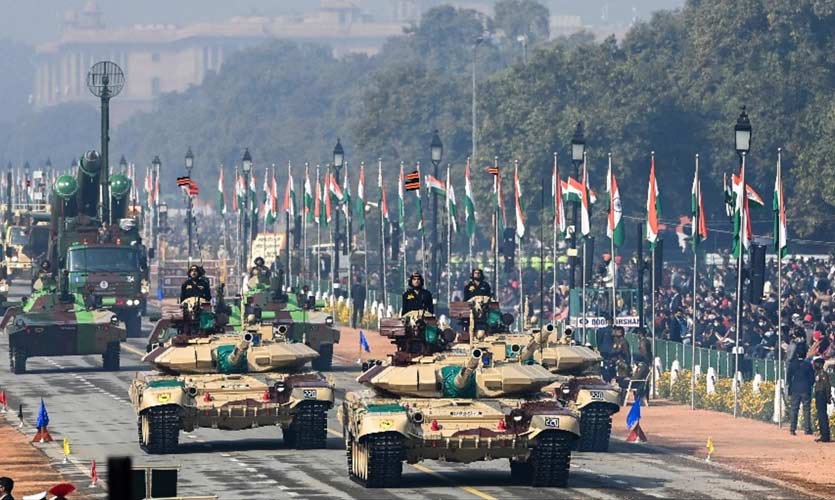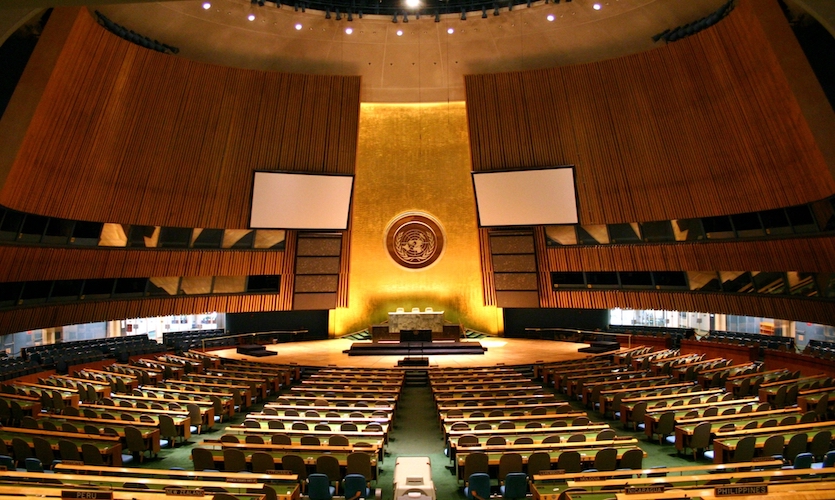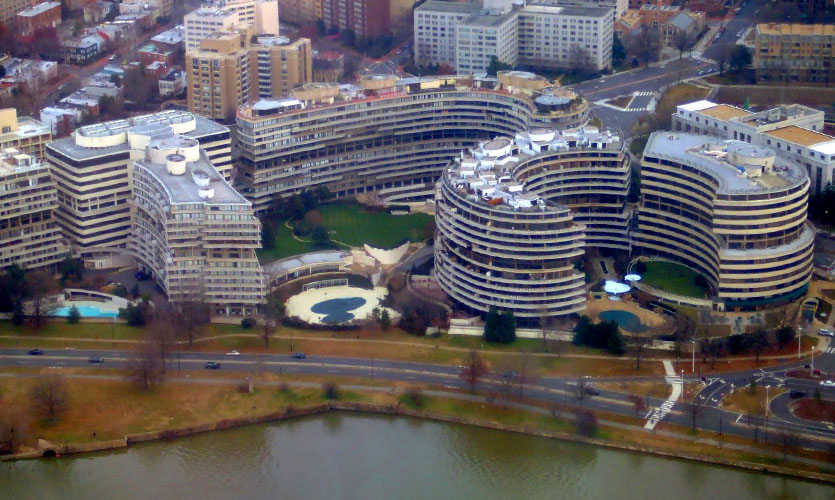As part of ‘Azadi ka Amrit Mahotsav’, the 2022 Republic Day parade will exhibit India’s military might at Rajpath in New Delhi.
India’s military prowess continues to grow every year. Both on the eastern and western fronts, it continues to be threatened by Pakistan, China, as well as by militants, Maoists and terrorist groups. The country is always prepared for the worst-case scenarios and believes in modernising and overhauling its military. In order to make India’s military a strong force capable of handling the threats, the nation has developed new military technology, acquired what is required, manufactured weapons, aircraft, and naval vessels within a short timeframe. By numbers as well as in terms of capital equipment, India’s defence forces, with more than 1.3 million personnel, are fourth largest in the world. Having sworn allegiance only to the Constitution of India, they have been engaged in sustained active operations, and only have brief periods of peace. As a result of these challenges, they have earned a formidable reputation as a force that delivers, usually against overwhelming odds. Along with four wars and a number of cross-border terrorist attacks, the country has also been the target of internal insurgencies during which it has undergone scores of changes in its warfare.
India’s 1962 defeat against China rocked the foundations of the nation and its armed forces, prompting self-reflection. Even though the 1965 war with Pakistan helped the army redeem itself, it exposed embarrassing weaknesses in its equipment, training, and leadership at various levels. The period after the 1971 Indo-Pak War for the liberation of Bangladesh saw the steady modernisation of the Indian Army with new equipment for modern wars. During this period, the army also carried out Operation Blue Star in Amritsar to remove Khalistani militants from the Golden Temple. They cleared the temple complex by dawn on June 7, 1984, however, it left behind a wave of apprehension and anger in the Sikh community. Between July 1987 and March 1990, the Indian Army fought Tamil militants in Sri Lanka with one hand tied behind their back. As part of UN operations, the Indian Peace Keeping Force (IPKF) was deployed to Sri Lanka in an attempt to separate warring factions – the Liberation Tigers of Tamil Eelam (LTTE) and the Sri Lanka Armed Forces – but instead ended up enforcing peace and conducting military operations against the LTTE.
The Indian Army’s Operation Cactus in Maldives on November 3, 1988, to disarm the coup to overthrow the government did not involve much combat, though it demonstrated to the world how capable the Indian Armed Forces are of reacting quickly and effectively. At the same time (1989 and onwards) terrorism and insurgency erupted in Kashmir Valley and additional troops were deployed in the erstwhile state of Jammu and Kashmir. The Pakistani invasions that began on May 3, 1999, revealed that armed intruders had occupied heights in the gaps between all defended areas in the region. Pakistan’s regular troops were being used to attempt to change the border situation. The Indian Army’s success came when air and artillery (155mm Howitzers) was utilised with devastating effect, allowing Indian Soldiers to live up to their reputation for fortitude under adversity, and courage and determination during the attack. Pakistan, however, continues to pose a threat. In a series of attacks, its sponsored terror groups struck five times in 2015-2016. With these actions, the Indian Army struck at seven terrorist launch pads across the line of control, along a frontage of 200 kms, in two different Corps Zones, completely surprising the Pakistani military establishment and inflicting substantial casualties on the terrorists and military personnel in the region. By itself, this action proved to be a manifestation of India’s new aggressive approach to dealing with Pakistan’s proxy war waged against India since its inception.
Modernisation And Challenges Ahead
The Indian government’s decision to modernise the military has been motivated by changing geopolitical and security conditions across the subcontinent as well as the country’s strategic position in the world. Traditionally focused on Pakistan, India also has substantial reasons to be concerned about China’s rapid modernisation of its armed forces. Upon the establishment of the PM Narendra Modi-led BJP government, the armed forces were hopeful that the modernisation process would be accelerated. However, the expected change has yet to materialise fully on the ground.
The army is the worst-affected in terms of modernisation as it requires replacements for nearly every weapon and piece of equipment in its inventory, ranging from assault rifles to artillery and air defence weapons, night fighting equipment, surveillance devices, and a new helicopter fleet, to name a few. The MiG-21, which entered service in 1964 and should have been retired years ago continues to fly, presenting an easy target for any contemporary aircraft. The Indian government was forced to consolidate its air force as a result of the latest skirmish in 2020 with China. Currently, 36 French Rafale fighters are in production, of which, the first five have already been delivered. Additionally, 12 Sukhoi MKI-30 and 21 MiG-29 fighter jets from Russia, along with a series of other weapons, especially ammunition. While some of the equipment is in stock and can be delivered within months, it will take several years to build dozens of advanced fighter jets. In spite of these stop-gap improvements, India’s defence force remains severely depleted.
The country substantially makes up for these shortcomings with 21 satellites, at least half of which are used for image and intelligence gathering that helps in getting a clear picture of the battlespace, especially given that the potential area of operations would be remote and mountainous. The Indian Army has some extremely well-trained units such as the 89,500 Indo-Tibetan Border Police and other units who are locally recruited and specialise in high-altitude warfare and guerilla operations. This is in addition to the 12 mountain divisions already deployed in various regions. India’s high command has habitually put the lessons learned in past conflicts into practice, like those of the high-altitude Kargil conflict. Better cold-weather clothing for troops, improved intelligence gathering, and a joint-service defence staff set up for all military branches to operate in a coordinated way have significantly evolved Indian warfare.
India has relentlessly worked to enhance its air defences, critical to the country’s security. In 2018, the United States and Russia agreed to a $5.5 billion purchase for five S-400 air defence missile batteries. India is also in talks with Israel about purchasing additional air defence systems. It remains to be seen how these many systems will interact with one another and be integrated into an unified air defence architecture. These crash armaments modernisation programmes are bound to make a significant impact in any future confrontations. India is also bolstering its drone inventory by buying more from Israel, its top supplier. It already owns 90 Israeli Heron drones and has petitioned to buy at least 20 more. Additionally, the government expects to acquire at least 20 American MQ-9 Reaper Armed drones, which can scan vast terrains, send back useful intelligence, and engage potential targets on the spot if needed.
In the Siachen Glacier in northern Ladakh, India has considerable experience in sub-zero, high-altitude warfare, and it understands the significant logistical challenges in supplying and supporting its armed forces at such high altitudes. India has stocked up on military supplies and deployed an extra 50,000 troops, including mechanised corps – heavily armed and mobile units – to forward areas of eastern Ladakh high up on the strategically vital Depsang plains. As a result of these reparations, the country has started a rearmament programme to redress this strategic imbalance, addressing the deficiencies that it has identified.
Read more: India’s Economic Resilience And The Need To Focus On An Inclusive Future










